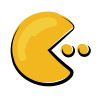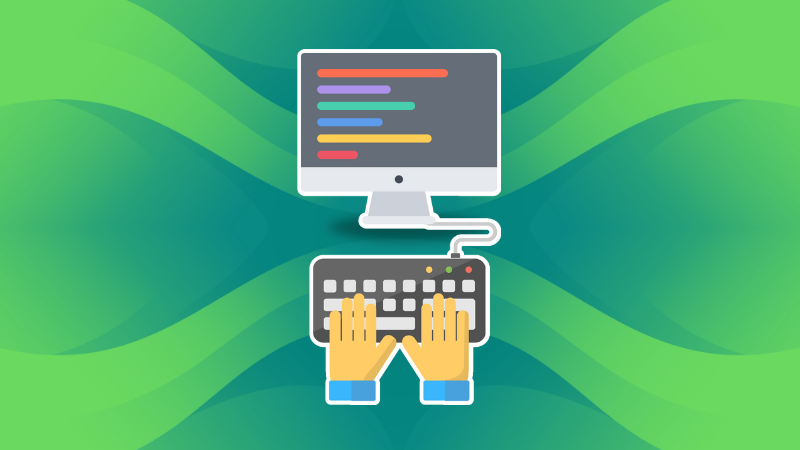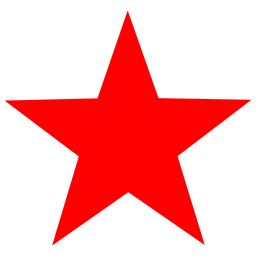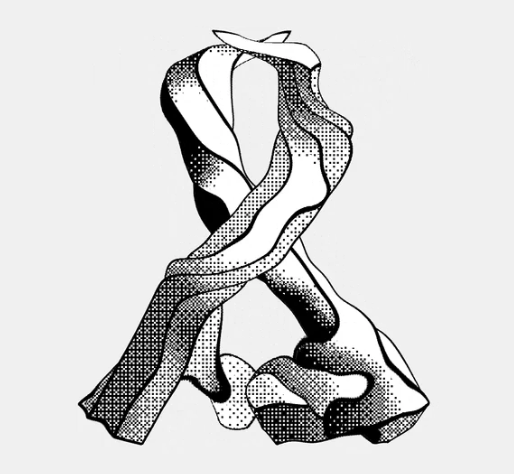These shortcuts aren’t provided by the terminal or the shell but the readline library (or zle if you use zsh), which can be configured using the ~/.inputrc file.
deleted by creator
I have a small gripe with this article: CTRL+K, CTRL+U and CTRL+W don’t “delete”, they “cut”, and the clipboard can be accessed with CTRL+Y, which the article also fails to mention.
Shortcuts for some different shells:
- Nushell (reedline): nushell.sh/book/line_editor
- Bash: (readline): gnu.org/software/bash/manual/html_node/Readline-Interaction
- Fish: fishshell.com/docs/current/interactive#shared-bindings
As you can see, most of them use shortcuts from Emacs and Vi
Only the last five are terminal shortcuts (for some terminal emulator, which the author doesn’t specify).
Most of first ones are specifically emacs-like shortcuts used by readline() as bash uses it. You can also set it up to use vi-like shortcuts (I mean, I use emacs, but just pointing out that they’re there).
The bang-history stuff with the exclamation points is also a bash feature.
If you use a shell other than bash, or if you aren’t in the shell, those won’t necessarily apply (unless a given application is also using readline() with emacs-like keybindings).
They missed my personal favourite:
SHIFT + INSERT … paste the content of the PRIMARY select buffer (currently selected text).
Middle click gang has beef
Or… VIM commands!
set -o vi!!!man bashI wish they just put a biiiit more detail, like good job getting the word out please add some explanation.
Is there any mirror for this? I don’t know if this has been posted to some other site as well, but the web site seems to be overloaded with traffic right now and I can’t see the article.
Here you go: https://archive.is/c3esF
Very useful. Thanks.









